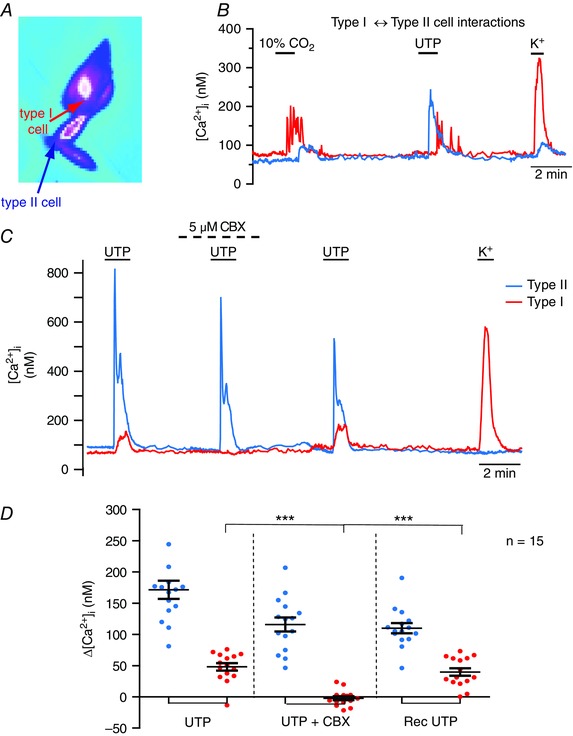Figure 4. Crosstalk from type II to type I cells is mediated via pannexin‐1 (Panx‐1) channels .

Stimulation of P2Y2Rs on type II cells with UTP (100 μm), as exemplified for the cell in A and B (blue trace), elicits a delayed Ca2+ response in nearby type I cell (red trace); note in these traces, stimulation of the type I cell cluster with high CO2 (isohydric hypercapnia) or high K+ elicits a delayed Ca2+ response in the same type II cell, indicating that communication between the type II cell and type I cluster is bidirectional. In C, the UTP‐evoked delayed, indirect response in the ‘follower’ type I cell (red trace) was reversibly abolished by the pannexin‐1 channel blocker, carbenoxolone (CBX; 5 μm). D, summary data (mean ± SEM) showing the reversible blockade of the delayed, indirect UTP‐evoked Ca2+ responses in type I cells by CBX (***P < 0.001); note CBX had no significant effect on UTP‐evoked responses in ‘driver’ type II cells in C (blue trace) and D.
